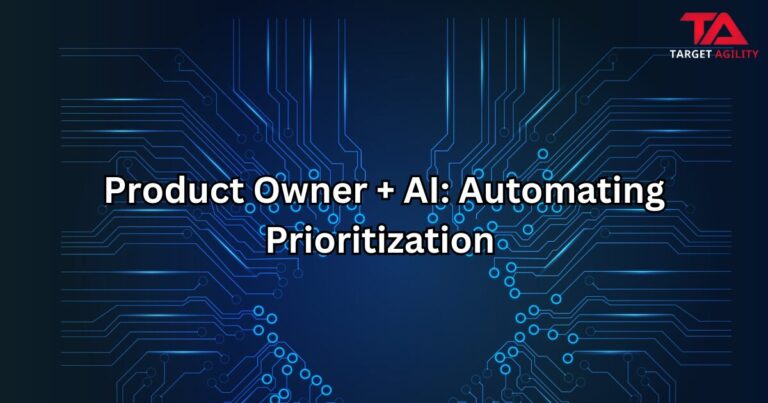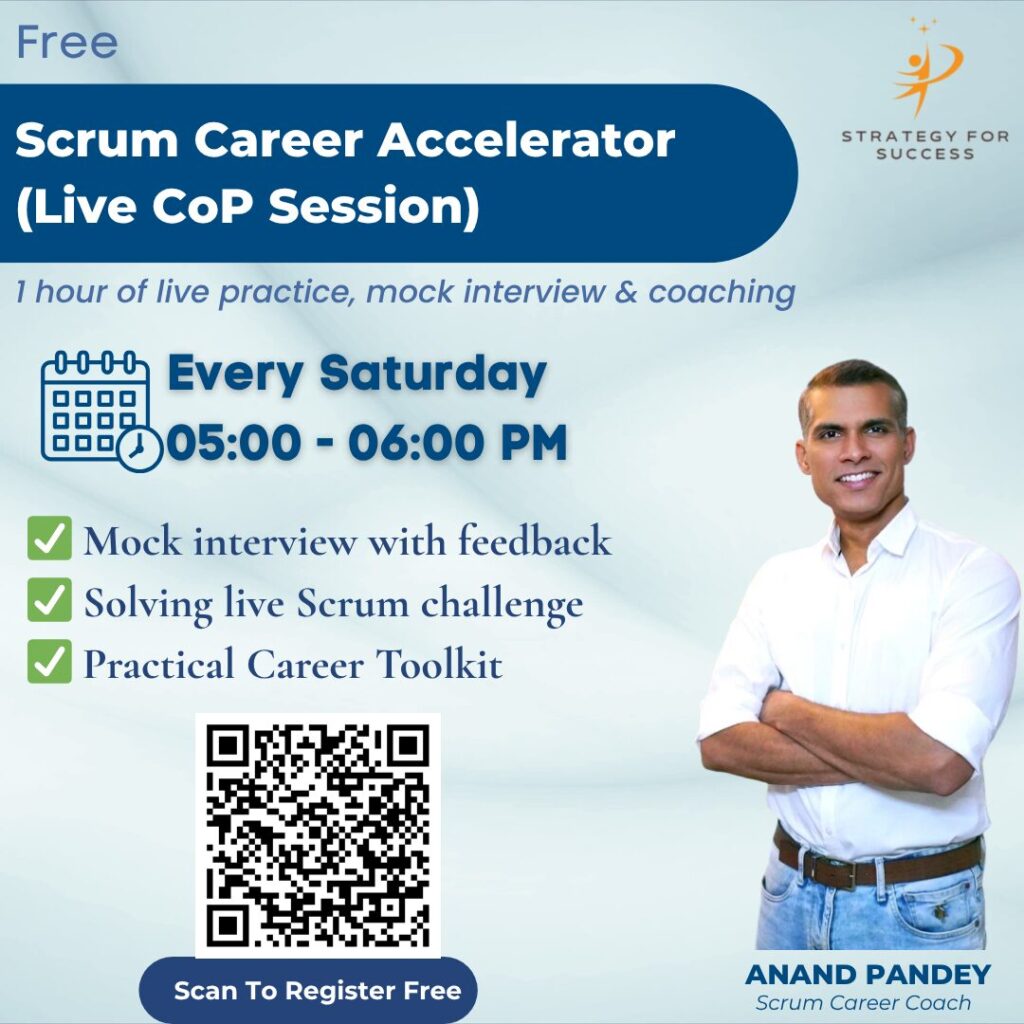Scaling approaches in the agile community have been a topic of discussion since the 2014 Agile Alliance conference. The Scaled Agile Framework (SAFe) gained popularity due to its potential for financial gain and is now widely used by consultants and vendors. Major consulting firms like McKinsey, BCG, and Accenture promote SAFe, while ALM tool suppliers like Microsoft, Atlassian, and VersionOne include SAFe support. While SAFe’s efficacy and customer satisfaction are debated, it remains the most widely used framework for scaling agile in 2020.
Agile Scaling Approaches Used (beyond SAFe)
As previously said, the most often used scaling approach is SAFe. Alternatives exist. Based on popularity, let’s examine the following agile scaling frameworks and display patterns over time for each.
- Disciplined Agile Delivery
- Spotify Model
- Scrum of Scrums
- Enterprise Scrum
- Large Scale Scrum (LeSS)
- Nexus
- Scrum at Scale
- Roll Your Own
Let’s start by looking at a few techniques that are not scaling approaches at all.
Disciplined Agile Delivery (DAD):
IBM’s DAD toolkit, developed by Scott Ambler and Mark Lines in 2012, is a comprehensive toolkit that includes methods like Lean, Scrum, Kanban, and SAFe, as well as test-driven development and agile modeling.
Therefore, it is unfair to put disciplined agile in a list of scaling methodologies. Many have nevertheless done that. The percentage of respondents that indicated in the various polls that they used either disciplined agile or disciplined agile delivery (DAD) is as follows:
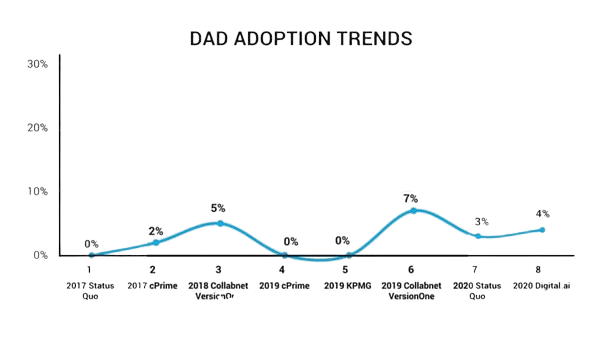
The Spotify Model:
Despite the claims of many that Spotify is a scaling solution, I have written a lot about why it is not. Please give up. If you changed the name of your teams to Squads, wonderful, but quit referring to that as an agile scaling framework. In order to truly emulate Spotify, you should address the culture within your company. A Checklist for Using the Spotify Model has more information.
The chart below illustrates how many individuals who are unaware of my blog still believe that Spotify uses an agile scaling strategy.
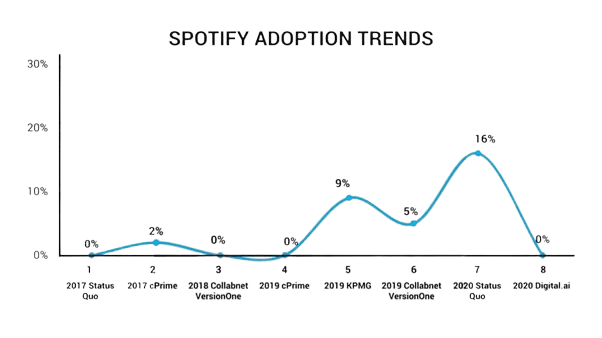
Scrum of Scrums:
The Scrum of Scrums technique, developed by Scrum founders Jeff Sutherland and Ken Schwaber, involves gathering members from multiple Scrum teams to plan tasks and establish dependencies. However, it is often misused, with project managers attending status meetings instead of being part of the Scrum Framework.
The high stated utilization figures for Scrum of Scrums are due to their genuine application of the methodology. While it might be a useful method for managing several teams, it falls well short of the scaling recommendations offered by SAFe. I’m surprised if most agile practitioners think that Scrum of Scrums is a workable scaling strategy because I haven’t seen much advise on the subject.
It’s also likely that some mistake Jeff Sutherland’s Scrum of Scrums for Scrum at Scale. Results for both of these are rarely included in the same report, as far as I can tell.
Therefore, I believe that when respondents are offered the option to select a scaling method on a survey, they respond with a “yes,” even though in practice they do not employ Scrum or Scrums for scaling.
Nonetheless, let’s take a look at survey responses over time from our 8 sources.

Enterprise Scrum:
Mike Beedle, a key contributor to the Agile Manifesto, launched Enterprise Scrum in 2001. Despite its small fan base, its untimely death in 2018 has hindered its expansion. Despite this, surveys show no adoption of Enterprise Scrum, with only 4% adoption reported.

Large Scale Scrum (LeSS):
LeSS is a framework for scaling scrum to multiple teams who work together on a single product. It starts with a foundation of one scrum team, as defined by Ken Schwaber and Jeff Sutherland in the Scrum Guide, and applies to multiple teams who work together on one product.
LeSS is based on single team Scrum, just like Nexus and Scrum at Scale. LeSS is interesting in that it encourages de-scaling rather than growing.
The results of the LeSS survey have an odd bias. As you can see below, adoption according to Status Quo surveys is significantly higher than that of other research, which put it at about 5% of all techniques.
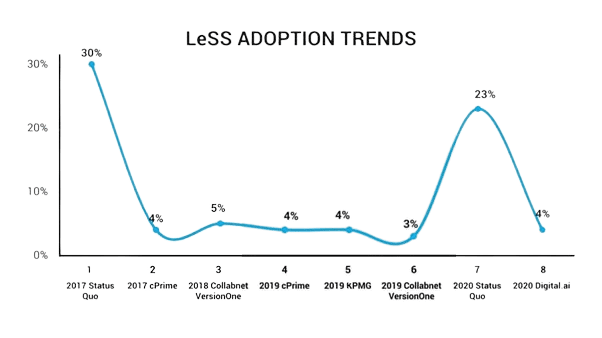
Nexus:
Nexus was founded in 2015 by Ken Schwaber and Scrum.org. Schwaber co-created Scrum and was one of the 17 authors of the Agile Manifesto. The Nexus guide was published in 2015, along with a book that was issued in 2017. The Nexus Framework for Scaling Scrum: Constantly Providing an Integrated Product with Several Scrum Teams.
Scrum is the foundation of Nexus.
As you can see, according to the surveys, adoption rates range from 0% to 15% of those claiming to use Nexus.
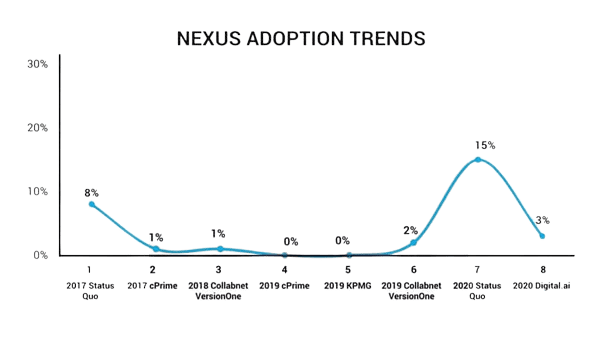
Scrum @ Scale:
Scrum @ Scale was introduced in 2017 by Jeff Sutherland and the Scrum Alliance. Sutherland is a co-creator of Scrum and one of the 17 authors of the Agile Manifesto. I consider Scrum @ Scale to be a latecomer to the agile scaling landscape.
Actually, the only polls that mention Scrum @ Scale are the Status Quo ones. Considering that it was first published in 2017 and that only 8% of participants in the 2017 Status Quo survey said they had used it, it seems a little odd.
My theory is that people were reacting without realizing the distinction between Scrum @ Scale and Scrum of Scrums.
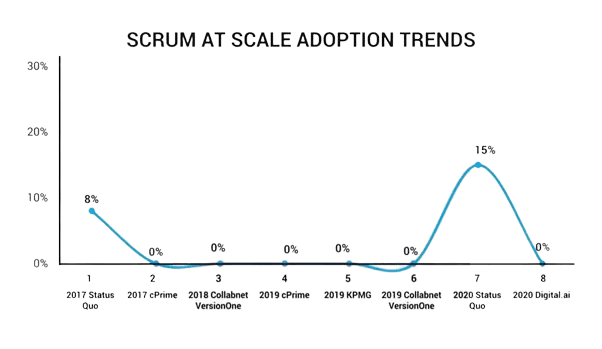
Roll Your Own:
It is referred to by several names in the various surveys, such as “Custom,” “Own Development,” and “Individually Created.” we can estimate that 10% to 15% of people who scale do so by utilizing some of their own approaches, although the results vary widely overall.
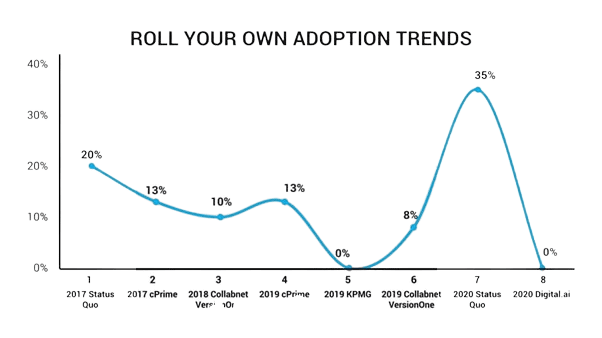
Conclusion:
Knowledge workers can benefit from scaling agile using the Scaled Agile Framework by achieving autonomy, mastery, and purpose-three essential elements that unlock intrinsic motivation. Employers implementing SAFe have the resources necessary to reduce employee fatigue and raise job satisfaction.
Registration Process
To Register for course in Target Agility of PSPO I
The registration process for agility courses is simple and intuitive.
Click Here to Register for PSPO I









